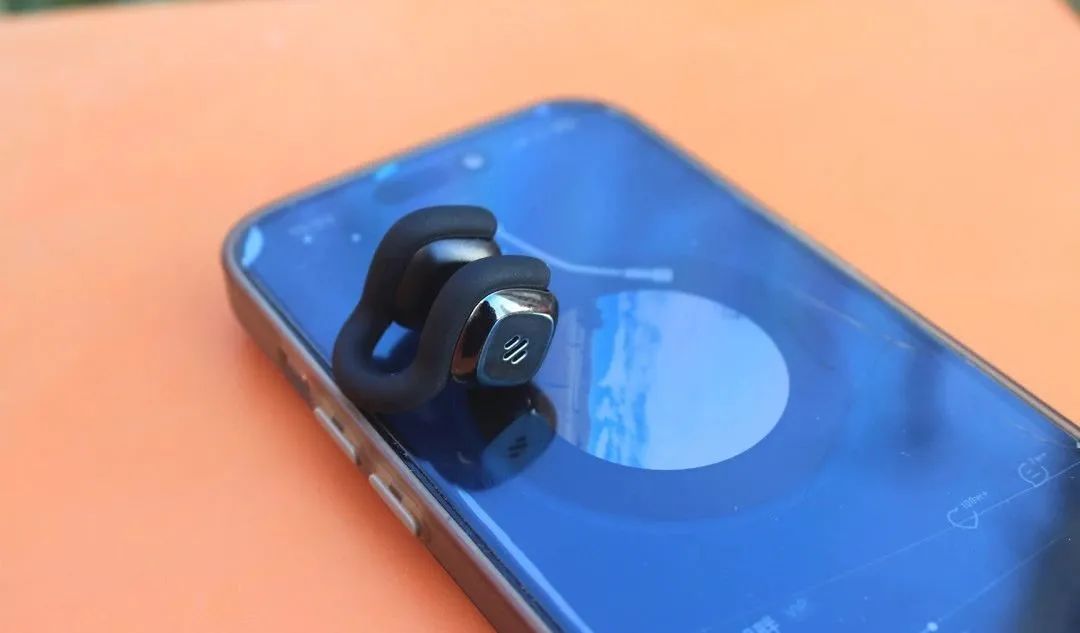
Click the arrow“blue text” to follow us!!
With the rapid advancement of IoT technology, Bluetooth has become an indispensable role in the field of smart homes, leading the intelligent transformation of home life with unprecedented depth and breadth. From smart door locks and lighting systems to air conditioning and other appliances, Bluetooth technology, with its low power consumption, high reliability, and ease of deployment, makes the interconnection of home devices simpler and more efficient.


1. Applications of Bluetooth Technology in Smart Homes

Home Environment Control
One important function of smart homes is the control of the living environment, which includes automatic or remote control of household temperature, humidity, lighting, air quality, and water heaters. Nowadays, environmental issues have become a crucial concern directly related to people’s health and even safety. Smart home systems can improve living conditions and enhance the quality of life.

Energy Monitoring and Management

This mainly refers to the timing switches for water, electricity, gas, and heating in the home. It can automatically turn off lights and appliances to save costs; when no one is at home, it can adjust the heating temperature; and it can turn on appliances during off-peak electricity hours.

Security Systems

The primary goal of smart homes is to provide people with a comfortable, safe, convenient, and efficient living environment. This requires a secure home system, which includes personal and property security as well as the safety of household devices. To achieve this security system, relevant defense measures need to be in place, such as electronic access control, intercom systems, electronic anti-theft systems, glass break detection alarms, indoor water leak detection and alarms, and detection of toxic/harmful gases indoors. The alarm controller connects to the community alarm, alarm indicator lights, and telephones. If an alarm is triggered, it can automatically dial several preset phone numbers to report the specific system in the home.

Audio and Video Entertainment Systems

Based on the concept of a wireless Bluetooth audio wall, integrating television, Internet, wireless Bluetooth, and stereo sound equipment to achieve wireless connectivity for audio and video entertainment. Smart switch receivers accept commands transmitted via Bluetooth to control lighting.

Smart Appliances

This includes various household appliances such as refrigerators, washing machines, microwaves, and televisions, which connect to the main station through Bluetooth wireless communication technology and obtain information on appliance usage via the Internet.


2. Challenges of Bluetooth Technology in Smart Homes

Security Issues
With the proliferation of Bluetooth devices, security issues have increasingly come to the forefront, becoming a focus that cannot be ignored. As an important means of wireless communication, Bluetooth devices face various security threats during data transmission, including eavesdropping, man-in-the-middle attacks, and Bluetooth hijacking. These threats not only risk leaking personal privacy, such as call records and location information, but also pose potential risks to critical infrastructure security, such as unauthorized unlocking of smart locks or manipulation of industrial automation systems, thus threatening social safety and stability.

Device Compatibility

Smart home devices come from different manufacturers, and compatibility issues between devices still exist. Devices from different brands and platforms often cannot interconnect, which causes confusion for consumers. To solve this problem, unified standards and protocols need to be established to ensure interoperability between devices.

Coverage Limitations

The traditional Bluetooth communication distance is limited to between 10 meters and 100 meters, which may not be sufficient in some large smart home environments. Although Bluetooth 5.0 and higher versions have significantly increased transmission distances, signal coverage may still be affected in complex home environments. To address this issue, mesh networking technology can be employed to extend the coverage of Bluetooth signals.

Power Consumption and Battery Life

Although Bluetooth technology itself has low power consumption, power consumption and battery life remain concerns for some high-frequency use devices. For example, smart locks and smart cameras need to operate for long periods. How to reduce power consumption while ensuring functionality is a technical challenge that needs to be addressed.


3. Future Trends of Bluetooth Technology

Mesh Networking Technology
Bluetooth mesh networking technology is an important development direction for Bluetooth technology in smart homes. Mesh networks can extend the coverage of Bluetooth signals, support more device connections, and improve network stability and reliability. Through mesh networking, smart home devices can transmit data and communicate more efficiently.

LE Audio Technology

LE Audio is a new technology introduced in Bluetooth version 5.2, supporting higher audio quality and lower power consumption. LE Audio not only enhances audio transmission performance but also introduces the Auracast™ broadcast audio feature, allowing audio source devices to broadcast audio streams to an unlimited number of audio receiver devices. This feature provides more application scenarios for audio devices in smart homes.

Blockchain and AI Technologies

With the development of blockchain and AI technologies, new solutions have emerged in the field of Bluetooth security. Blockchain technology can achieve uniqueness and immutability of device identities, effectively preventing devices from being impersonated or forged. AI algorithms can learn and analyze device behavior patterns to identify abnormal behaviors and trigger alarms, effectively responding to security threats such as Bluetooth hijacking.

Environmental IoT

Environmental IoT is another important application area for Bluetooth technology. By using Bluetooth tags, the current inventory, condition, and status of items can be tracked, effectively managing items in daily life. This technology was originally applied in the high-speed supply chain of the food and pharmaceutical industries, and is expected to see broader applications in smart homes in the future.
In summary, Bluetooth technology has broad application prospects in smart homes, but it also faces a series of challenges. Through technical innovation, strategy optimization, and user education, a solid protective network can be gradually built to ensure that Bluetooth technology not only promotes the development of intelligent living but also provides users with safe and reliable services. In the future, as technology continues to advance and application scenarios continue to expand, Bluetooth technology will play a greater role in the smart home field.